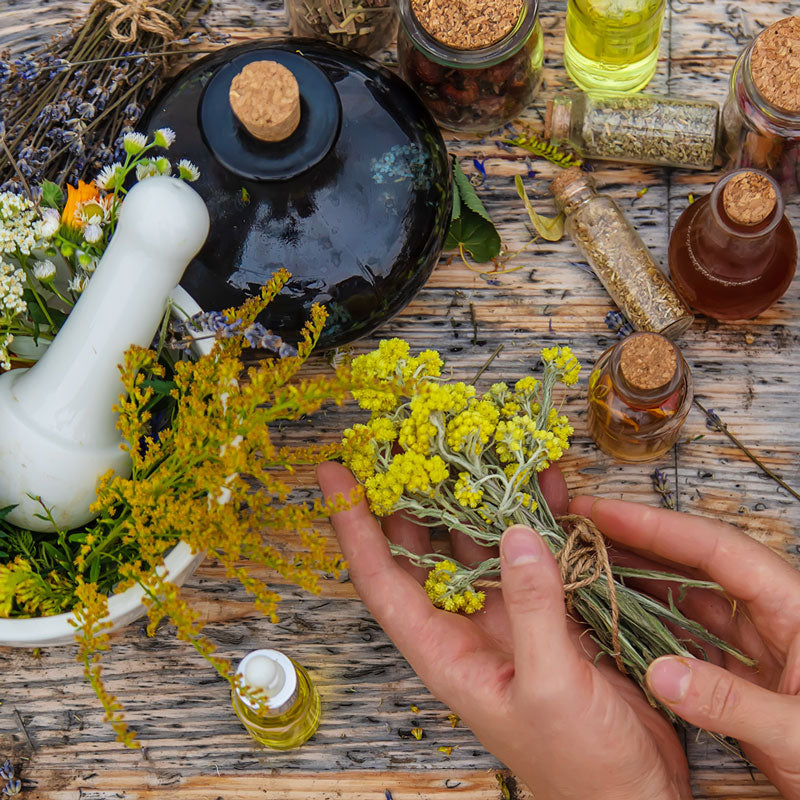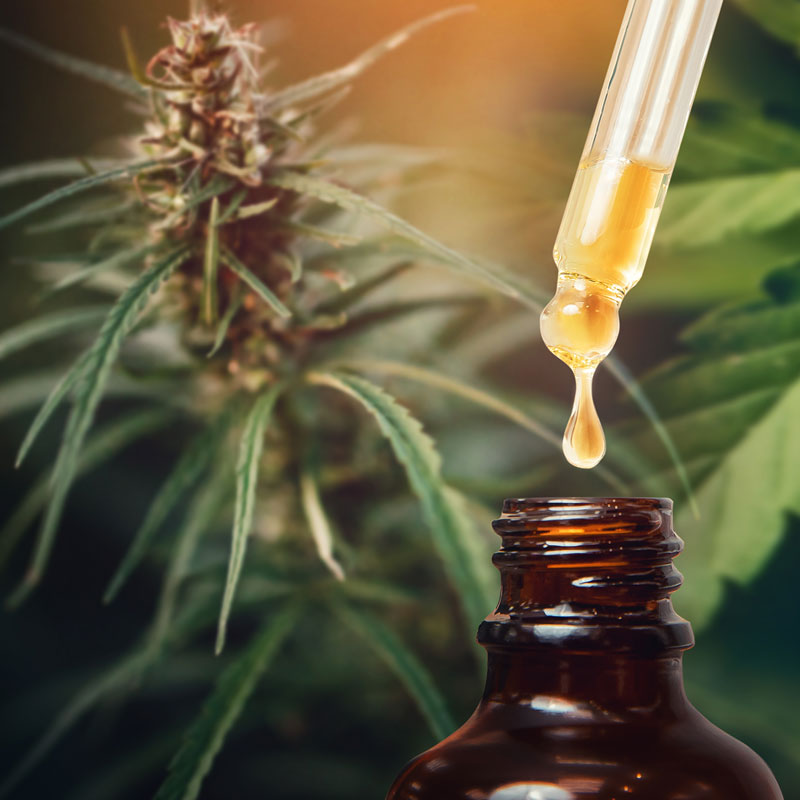Homemade Cacao Tincture and Extract Recipe using Food Grade Ethanol

Cacao is a widely used botanical known for its bold, complex flavor and versatile applications. Making a cacao tincture allows you to extract its natural compounds into a concentrated liquid form. This guide outlines the process of creating a high-quality tincture using 200 Proof Food Grade Ethanol for effective extraction.
What is Cacao?
Cacao (Theobroma cacao) is a tropical tree from the Malvaceae family, best known for producing beans that are the foundation of chocolate. The beans, also called cacao seeds, have been used in various culinary traditions and preparations.
Differences Between Cacao, Cocoa Nibs, and Chocolate
- Cacao: The raw, unprocessed form of the cacao bean, often used for tinctures.
- Cocoa Nibs: Fermented, dried, and lightly roasted cacao beans that retain much of their natural profile.
- Chocolate: Typically made with sugar, dairy, and other additives, which alter its natural characteristics.
Why Make a Cacao Tincture?
- Long Shelf Life: Cocoa powder and chocolate degrade over time, while an ethanol-based tincture remains stable for up to two years.
- Pure Extraction: A tincture allows you to preserve cacao’s natural flavors and aromas in an alcohol-based solution.
- Versatility: Cacao tincture can be used in culinary applications, cocktails, or aromatic preparations.
- Easy to Use: Unlike solid cacao, a tincture allows for controlled and precise measurements.
Where is Cacao Grown?
Cacao is native to Central and South America, where it thrives in humid, tropical rainforests. It is now cultivated in Ecuador, Peru, Ghana, Indonesia, and the Dominican Republic for culinary and botanical uses.
Sourcing and Selecting Quality Cacao
For the best tincture results, source organic, raw cacao beans or nibs from reputable suppliers, specialty food markets, or organic farms. Choose deeply colored, aromatic cacao with no added sugars or processing. Avoid over-roasted or processed cacao, as it may alter extraction quality.
Preparing Cacao for Tincture
- Ensure the cacao nibs or beans are clean and free from debris.
- Lightly crush or grind the cacao to improve extraction efficiency.
Best Practices for Storing Your Cacao Tincture
Store the tincture in a dark glass bottle, away from heat and direct sunlight. Properly stored, it can maintain its quality for up to two years.
Ways to Use Cacao Tincture
Culinary Applications
- Baking & Desserts: Enhances brownies, cakes, and truffles with a rich cacao essence.
- Cocktails & Warm Beverages: Adds a deep cacao note to coffee, hot chocolate, and specialty drinks.
- Herbal Teas & Smoothies: Complements herbal blends or protein shakes.
- Savory Dishes: Used in Mexican mole sauces and other gourmet recipes.
Aromatic & Perfumery Uses
- Perfumery: Cacao extract can be blended with vanilla, amber, and woody notes to create warm, luxurious fragrances.
- Crafting: Can be used in handmade personal care products or infused into homemade candles.
Final Thoughts on Crafting a Cacao Tincture
Making a cacao tincture at home is a simple way to preserve the bold, aromatic qualities of cacao in a liquid extract. Using 200 Proof Food Grade Ethanol ensures a high-quality extraction, free from unwanted additives. Whether used in culinary applications or aromatic preparations, cacao tincture is a versatile addition to any home collection.

Disclaimer: This content is for informational and educational purposes only. Consult a professional before using tinctures for any specific application. Individual reactions may vary.











